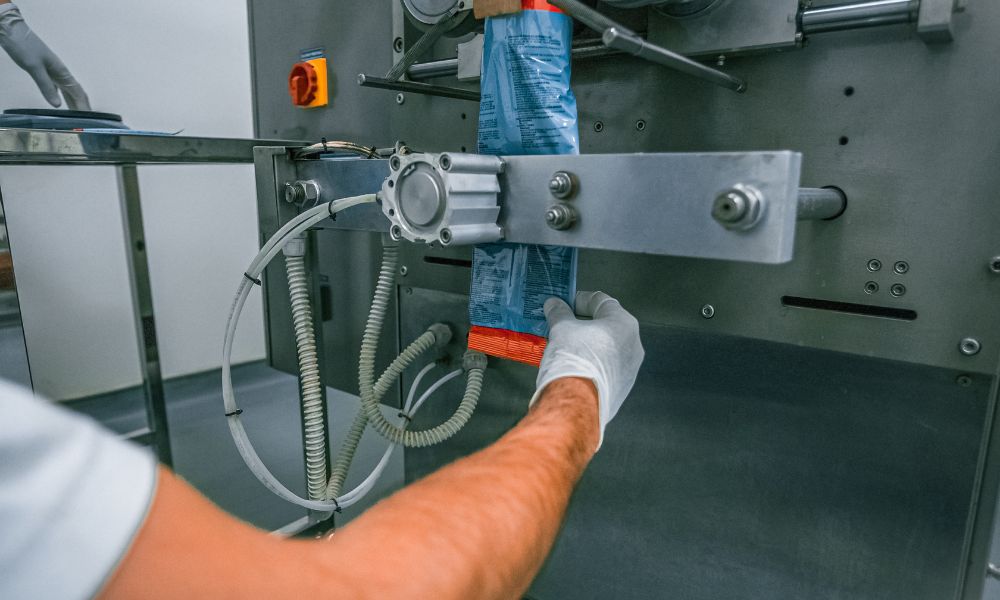The medical device industry is one of the most highly regulated industries in the world, requiring strict adherence to numerous guidelines and standards. Medical device packaging validation is a critical component to achieve regulatory compliance. It ensures that any enclosed reusable medical devices are safely and securely packaged, preventing contamination, damage, and other issues. This blog post will provide you with the essential things you need to know about a medical device packaging validation.
What Is Medical Device Packaging Validation?
A medical device packaging validation is a process that involves a series of tests to ensure a packaging system meets its specifications and specific requirements for transportation and storage. The validation process typically includes targeted physical exams that evaluate the packaging materials, its structure, and its closure integrity. This process also involves a series of environmental tests to simulate real-world conditions during transportation and storage and assess a product’s chances of maintaining the sterility of its contents. Tests are typically performed on the three major packaging systems used in healthcare: rigid container systems, sterilization pouches and sterilization wraps.
Why Is Medical Device Packaging Validation Important?
Medical device packaging validation is essential to ensure the safety and reliability of reprocessed medical devices. When packaging a medical device according to its validated instruction for use (IFU), healthcare personnel must help protect any devices from damage, contamination, or degradation. Failure to validate a packaging system for the reprocessing and storage of medical devices can result in compromised device performance, reduced patient safety, and damage to the reputation of the medical device manufacturer themselves. Medical device manufacturers must comply with the 21 CFR 820 regulations for a class II device to ensure the safety of their products and obtain regulatory approval to legally market their medical devices.
The Different Types of Packaging Validation Tests
There are several tests involved in medical device packaging validation, including sterilization efficacy, dry time, shelf life (MPI), whole package integrity test (aerosol challenge), and accelerated aging. Physical testing is also involved in the process, as seen in tests like burst, seal peal, dye migration and even bacterial filtration efficiency (BFE). Additionally, custom tests designed to document internal and external transportation of a sterilized packaging system can be tailored to individual client needs. Most tests fall under three categories: structural sterile integrity testing, environmental testing, and distribution testing.
Who Can Help With a Medical Device Packaging System Validation?
It’s crucial for device manufacturers to know who they can contact to aid in the validation testing process. Medical device packaging system validation requires specialized expertise and experience in the field of medical device packaging development, testing, and regulatory approval. HIGHPOWER has been providing validation rigid containers, sterilization pouches, and sterilization wraps for over 30 years. When it comes to packaging systems, we are the “Subject Matter Experts.” We will assist in comprehensively evaluating your packaging system to ensure compliance with regulatory test requirements and help mitigate any associated risks.
Medical device packaging validation is a crucial step in ensuring the safety and efficacy of sterilized medical devices. It is essential for medical device manufacturers to comply with regulatory requirements and engage experienced professionals to assist them with their validation needs. HIGHPOWER is the premier testing lab with 30 years of experience in medical device package testing. We are also experts in high-temperature steam and low-temperature H2O2 validation procedures. Contact HIGHPOWER today to learn more.
